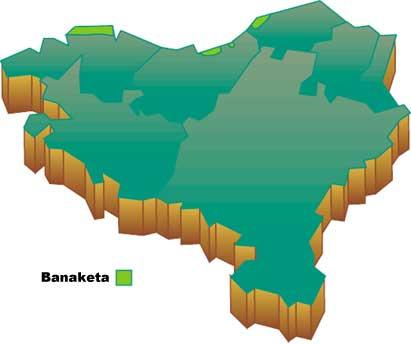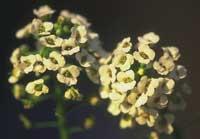Latxortena, flower to flower

In the family of this plant the number of species is relatively abundant, although in Europe only two species of lobulary genus are known. One of them is the maritima Lobularia, which has two subspecies: the subspecies maritima and the subspecies columbretensis that we will analyze on this occasion; which is only found in the Columbretes islands.

Although latxortena is a small plant, it has a large root device adapted to its location. As for its exterior shape, it is usually a branched plant with numerous flowering stems and usually lying on the ground. The leaves are small and lanceolate, sometimes ovate. Its flowers are abundant and are located in chapters of extreme stems, usually white and sometimes pink. They have a pleasant smell. It stays all year in bloom, so the bee has regular visitors. Its seeds are very small and very abundant.
As for the distribution of this plant, in the Basque Country it appears punctually in sand and dunes. Specialists do not say clearly whether it is a spontaneous or naturalized plant on the bank of the Cantabrian, since it has been widely used for ornamentation. Moreover, this plant shows a strong tendency to polymorphism and has been naturalized in countries such as America, Northern Europe, Oceania or Australia.
The small seeds of this plant have often been used to cure diseases such as scurvy, venereal diseases or diseases of the excretory apparatus.
Family: cruciferous Species: Lobularia maritima subsp. matitima Distribution: very dispersed along the coast Habitat: especially in sandy and dunes Medicinal grass: yes: |
Buletina
Bidali zure helbide elektronikoa eta jaso asteroko buletina zure sarrera-ontzian











